Guide to Caravan Towing Safety: Essential Tips for Aussie Road Trips
Towing a caravan can be an enjoyable experience, allowing you to explore the vast landscapes of Australia with the comforts of home behind your vehicle. However, it's essential to follow some important safety guidelines to ensure a smooth and accident-free trip. Gaining an understanding of your caravan and towing vehicle specifications, as well as being aware of the legal requirements and safety regulations, will help build your confidence while on the road.
Before setting off on your towing adventure, a thorough check-list and preparation are key. This involves selecting the right safety gear and accessories, mastering effective driving techniques, and understanding the importance of weight distribution while towing. Caravan stability and handling are crucial aspects that will have a significant impact on your overall towing experience.
Key Takeaways
- Know your caravan and towing vehicle specifications, and adhere to legal requirements and safety regulations.
- Prepare thoroughly, including selecting the right safety gear, understanding weight distribution, and learning proper driving techniques.
- Focus on caravan stability, handling, and stopping responsibly during your towing journey.
Understanding Caravan Towing
When it comes to caravan towing, understanding the basics is crucial for a safe and enjoyable experience. In this section, we'll discuss important aspects of towing a caravan, including coupling, weights, and selecting the appropriate tow vehicle.
Coupling: Firstly, it's essential to properly connect your tow vehicle and caravan. Make sure you're using the right tow ball size and adjusting the receiver hitch if necessary. Additionally, utilizing stabilizers can help provide a smoother towing experience and reduce the risk of sway.
Towing Weights: It's important to be aware of your caravan's weight and the towing capacity of your vehicle. The Gross Vehicle Mass (GVM) refers to the maximum weight your vehicle is legally allowed to weigh when fully loaded. Similarly, the Gross Trailer Mass (GTM) represents the total weight of the caravan, including its contents, while being towed. To safely tow a caravan, your vehicle's GVM should be equal to or greater than the GTM of the caravan.
Here are some key caravan weight terms to be aware of:
- Tare Mass: The weight of the caravan when empty.
- Payload: The maximum weight the caravan can carry, including passenger items and additional equipment.
- Aggregate Trailer Mass (ATM): The tare mass plus the payload, representing the caravan's maximum allowable weight.
Tow Vehicle Selection: Choosing the right towing vehicle is an essential step to ensure safe and successful caravan towing. Factors to consider when selecting a tow vehicle include:
- Towing capacity: Make sure your tow vehicle has sufficient towing capacity to handle the loaded weight of the caravan.
- Engine type: Diesel engines usually outperform petrol engines for towing tasks, providing better fuel efficiency and torque.
- Transmission: Manual or automatic? Some people prefer manual transmissions for towing, offering better control, while others appreciate the ease of automatic transmissions.
- Vehicle size: The size and weight of the tow vehicle play a significant role in towing stability; a larger and heavier vehicle will generally offer greater stability.
Lastly, make sure to frequently check and maintain your caravan and tow vehicle for optimum performance. This includes inspecting the axles, bearings, and brake systems of both the caravan and the tow vehicle. By understanding the fundamentals of caravan towing and adhering to safety guidelines, you can confidently hit the road with your RV and enjoy your travels.
Caravan and Towing Vehicle Specifications
When deciding on a caravan and tow vehicle combination, it's essential to understand the various weight ratings and specifications to ensure a safe journey. Carefully consider the towing capacity, gross trailer mass (GTM), and aggregate trailer mass (ATM), among other factors.
First, it's crucial to identify the maximum towing capacity of your vehicle. It represents the largest weight your vehicle can tow safely. You can typically find this information in your vehicle's owner's manual or on the manufacturer's website. Stay within this limit to avoid straining your vehicle's engine, transmission, and brakes.
Next, account for your caravan's gross trailer mass (GTM). GTM refers to the weight of the fully laden trailer when coupled to the towing vehicle. Make sure to include the weight of any additional accessories, equipment, or luggage in this calculation. Ensure that your vehicle's towing capacity is greater than the GTM of your caravan.
The aggregate trailer mass (ATM) is the total weight of the caravan when it's not hitched to the towing vehicle, including all its contents. It's essential to confirm that your vehicle's gross combination mass (GCM), which is the total weight of both the tow vehicle and the caravan, does not exceed the manufacturer's specified limits.
When loading your caravan, distribute the weight evenly to maintain stability while towing. Create a checklist that includes the following items:
- Vehicle weight
- Load capacity
- GTM
- ATM
- GCM
- Maximum towing capacity
Lastly, remember to keep the load capacity of your caravan in mind. It refers to the maximum weight your caravan can safely carry, excluding its own weight. Distributing weight appropriately will help maintain stability and prevent overloading, ultimately ensuring a safer journey.
In summary, understanding your caravan and tow vehicle's specifications is crucial for a safe and enjoyable trip. Always consider factors such as towing capacity, GTM, and ATM when choosing and loading your caravan. Happy travels!
Check-List Before Towing
Before hitting the road with your caravan, it's important to go through a comprehensive check-list to ensure a safe and smooth journey. This includes assessing various components of your caravan and tow vehicle. Let's dive into the essential items to inspect before towing your caravan.
1. Jockey Wheel: Before connecting the caravan to your tow vehicle, make sure the jockey wheel is in good condition and functioning properly. This will make coupling and uncoupling much easier. When you're ready to tow, fully retract the jockey wheel and ensure it's securely fastened to prevent any unexpected movement.
2. Gas Bottles: Check that all gas bottles are turned off and securely fastened in their holders. Ensure the hoses and regulators are free from damage or wear, and the bottles are within their expiry dates.
3. Tyre Pressure: It's essential to check the tyre pressures on both your caravan and tow vehicle. Refer to the manufacturer's recommendations to determine the correct PSI for each. Don't forget to inspect tyres for any signs of damage or wear, and ensure you have a functional spare tyre available.
| Component | Inspection Task |
|---|---|
| Jockey Wheel | Ensure proper functioning and retraction |
| Gas Bottles | Check for leaks and secure fastening |
| Tyre Pressure | Inspect pressures and condition |
| Tow Bar | Check for damage or wear |
| Safety Pins | Ensure proper installation |
| Coupling Pin Handle | Inspect and secure in place |
| Trailer Handbrake | Test functionality and disengage |
4. Tow Bar: Examine your tow bar for any signs of damage or wear. Ensure that all bolts are tight and that the tow bar is level with your tow vehicle.
5. Safety Pins and Breakaway Cable: Make sure the safety pins connecting your caravan to the tow vehicle are properly inserted and secure. Additionally, confirm that the breakaway cable is in good condition and connected to the tow vehicle. This cable is crucial in case of a detachment between the tow vehicle and caravan.
6. Coupling Pin Handle: Inspect the coupling pin handle and ensure it's securely locked in place. This will prevent the caravan from accidentally detaching from the tow vehicle.
7. Trailer Handbrake: Before setting off, ensure the trailer handbrake is fully disengaged. Failing to do so may result in damage to both the caravan and tow vehicle, as well as cause difficulty while driving.
Following this check-list before towing your caravan will help ensure the safety and stability of your towing experience. Regular visual inspections of these components are essential for trouble-free adventures.
Essential Safety Gear and Accessories
Before embarking on a caravan towing journey, it's crucial to equip your vehicle with essential safety gear and accessories. Ensuring that you have the necessary equipment will help keep you, your passengers, and other road users safe.
Brakes and Tyres: First and foremost, make sure your towing vehicle and caravan have well-maintained brakes and tyres. Check the tyres for appropriate pressure, treads, and wear. If your caravan has an Aggregate Trailer Mass (ATM) exceeding 2,000 kg, it will typically need a braking system.
Safety Chains: Australian standards require trailers not exceeding 2,500 kg ATM to have at least one safety chain complying with AS 4177.4-1994 or AS 4177.4-2004. These safety chains or safety cables ensure that if the towing hitch fails, the caravan won't detach completely.
Lights: Visibility is essential for a safe towing experience. Both the towing vehicle and the caravan should have working light systems - including brake lights, indicators, fog lights, and reversing lights. Double-check all connections with your trailer plug to ensure they're working correctly.
Towing Mirrors: To guarantee a clear view of oncoming traffic and your caravan, invest in towing mirrors. These mirrors extend the field of view and are necessary as per Australian regulations.
Electric Brake Controllers & Brake Control Unit: When towing heavier caravans, using electric brake controllers is essential. These devices command the caravan's braking system from the towing vehicle via the brake control unit.
Stabiliser Legs: For a stable and level caravan, use stabiliser legs. These accessories prevent rocking and help secure your caravan when parked, making it safe and comfortable.
Additional Equipment: It's a good idea to carry essential tools and spare parts for both your towing vehicle and caravan, such as a wheel brace, a jack, a spare wheel, and fuses. Don't forget to bring a towing hitch lock to secure your caravan when unattended.
To keep things organised, here's a quick checklist of the essential safety gear and accessories for caravan towing:
- Well-maintained brakes and tyres
- Safety chains compliant with Australian standards
- Working light systems for towing vehicle and caravan
- Towing mirrors
- Electric brake controllers and brake control unit
- Stabiliser legs
- Essential tools and spare parts
By ensuring your towing setup is equipped with these safety features, you'll be well-prepared for a safe and enjoyable caravan journey.
Facing Road and Traffic Conditions
As you embark on your caravan towing adventure, it's important to be prepared for various road and traffic conditions. This section will help you safely navigate through different situations you may encounter on your journey.
Firstly, always be aware of the traffic conditions around you. Light traffic can be advantageous, as it allows you to familiarise yourself with the feel of your caravan's weight and manoeuvrability. Remember to maintain a safe distance from other vehicles, as towing a caravan requires longer distances for braking and acceleration.
When approaching hills, allow for extra time and caution. As you ascend, maintain a lower gear to provide sufficient power for your vehicle and caravan, while also keeping an eye on your temperature gauge. Descending hills, use engine braking (lower gears) and avoid overusing your brakes to prevent overheating.
For overtaking manoeuvres, ensure you have ample space and visibility to pass safely. Towing a caravan will require more distance than when driving solo. Be patient, and when in doubt, wait for the next opportunity to pass.
Navigating roundabouts can be particularly challenging with a caravan attached. Approach at a slower speed, and pay attention to the size of the roundabout, allowing for enough turning space for your caravan to follow suit. Signal your intentions clearly, making sure other road users understand your path.
On country tracks, adapt to changing conditions - such as gravel, narrow lanes, and sudden bends - by reducing your speed and staying vigilant. Pay special attention to possible wildlife crossings, as Australia is home to a variety of animals that may suddenly dart across your path.
In conclusion, applying a cautious and alert approach to various road conditions and traffic situations will ensure a safe and enjoyable caravan towing experience. Remember, it's always better to take your time and enjoy the journey. Happy caravanning!
Driver Training for Towing
Driver training for caravan towing is essential to ensure a safe and enjoyable journey. It's important to familiarise yourself with the basics of towing and gain hands-on experience in various situations.
Beginning with instruction, seek out courses specifically designed for novice caravan users. These courses will cover essential elements such as understanding weights, tow vehicle limits, and safe driving techniques (e.g., Safe Caravan Towing Course Shift Training). Take the time to learn about defensive driving since manoeuvres might be different when you're towing a caravan, especially during overtaking.
The proper use of electric brakes is a crucial element of driver training for towing, as it helps maintain control of your vehicle while towing. Get hands-on experience and ensure your brakes are in good condition before any trip.
When loading your caravan and organising its weight distribution, remember that balanced loads provide greater stability and safety on the road. Consider the following guidelines:
- Keep your heaviest items low and spread them evenly
- Do not place heavy items to the rear
- Ensure the hitch weight is not too low or too high
Reversing a caravan can be challenging without proper training. Get comfortable with circle reverse and reverse angle parking in different scenarios, such as tight spaces and limited visibility.
Using your mirrors effectively is vital when towing a caravan. Invest in proper towing mirrors to have a clear and comprehensive view of your surroundings, including other vehicles, obstacles, and tight entry/exit points. Always check and adjust your mirrors before you set off.
Take extra care at roundabouts and corners when towing a caravan. Allow for a greater margin of movement and remember to signal in advance, giving other drivers plenty of notice. Watch for vehicles that may cut in close to you when negotiating roundabouts or turning corners.
Lastly, when tackling country tracks, remember they are often more challenging due to terrain, narrowness, or poor visibility. Be prepared to drive at slower speeds and be mindful of any obstacles or uneven surfaces.
Through adequate driver training, practice, and vigilance, you can safely enjoy your caravan adventures.
Braking and Weight Distribution While Towing
When towing a caravan, it's crucial to understand the importance of braking and weight distribution for your safety. Properly managing these factors will ensure a smooth ride and help prevent accidents.
Firstly, consider the effect of the added weight on your vehicle's braking system. With increased weight, the vehicle's momentum increases, requiring more braking force and a longer braking room to stop safely. Keep a safe distance behind other vehicles and apply brakes gently, allowing for adequate stopping distance.
Ensure that your caravan is equipped with an appropriate braking system in accordance with its weight. Trailers with a Gross Trailer Mass (GTM) between 750kg and 2000kg require brakes on at least one axle, while trailers over 2000kg must have brakes on all wheels1. Keep an eye on your brake fluid levels and ensure that your electronic stability control system, if applicable, is functional to maintain vehicle stability during braking.
Next, let's address weight distribution. It's vital to distribute the weight of your caravan evenly, which will prevent swaying, help maintain control, and reduce stress on your vehicle's suspension. Too much weight on the tow ball can affect steering and overall stability, so distribute your load evenly across the caravan, keeping heavier items low and close to the centre.
To manage the weight on your vehicle, you may need to employ a weight distribution hitch2. This device redistributes the load from your car's rear axle to the front wheels, ensuring stability and maintaining even tire wear. Keep in mind that a weight distribution hitch is typically required for larger or heavier caravans.
In summary, remember these key points when towing:
- Maintain a safe distance and allow extra braking room
- Ensure your caravan is equipped with the appropriate braking system
- Distribute weight evenly throughout the caravan
- Use a weight distribution hitch if necessary to manage tow ball weight
By following these guidelines, you'll ensure a safe and enjoyable caravanning experience.
Footnotes
Caravan Stability and Handling
Proper caravan stability and handling is crucial for a safe and enjoyable towing experience. By understanding the factors that affect caravan stability, you can make adjustments to improve your caravan's performance and reduce the risk of swaying or loss of control.
When towing a caravan, slow and steady acceleration is key. Rapid acceleration can lead to instability and increase the chances of swaying. Maintain a consistent speed and avoid sudden jerks or changes in direction, as these can also contribute to instability.
Swaying is a common issue faced by caravan owners, often caused by improper weight distribution or external factors like high winds. To prevent swaying, ensure that your caravan is loaded correctly, with heavier items stored over the axle or between the wheels on a single axle caravan, or between the axles on a tandem. Ideally, the heaviest items should be located as low as possible. Also, maintaining the recommended tow ball weight helps to provide better handling and prevent trailer sway.
Caravan performance and cornering can be enhanced by properly distributing the weight within your caravan. It will also improve control and safety when towing, especially during tight turns and navigating winding roads.
Reversing a caravan is a skill that requires practice. Start by steering gently, making small adjustments to avoid swaying or jackknifing. Use a spotter or invest in a reversing camera for added safety and visibility.
Many modern tow vehicles are equipped with stability control systems designed to mitigate the risks associated with towing a caravan. Make sure to familiarise yourself with your vehicle's features and utilise them when necessary.
In summary, by focusing on these aspects:
- Slow and steady acceleration
- Proper weight distribution
- Recommended tow ball weight
- Careful cornering and reversing
- Utilising stability control systems
you can greatly improve your caravan's stability and handling, ensuring a safer and more enjoyable towing experience.
Stopping and Resting During Towing
When towing a caravan, it's essential to take regular breaks for both the driver's safety and the general upkeep of the vehicle. As a rule of thumb, you should stop and rest every two hours or when you feel fatigued. Rest stops provide a convenient place to take a breather and check for any potential issues. However, be aware that overnight stays are not allowed in rest areas.
While on your journey, be mindful of any obstacles or hazards that may impact your stopping distance or ability to manoeuvre. For example, tight curves, narrow streets, or heavy traffic can make stopping and resting more challenging. As you approach rest stops, consider the following:
- Space availability: Ensure there is enough room for your caravan and towing vehicle before pulling in. Remember, you need ample space to manoeuvre and park safely away from other vehicles and obstacles.
- Arriving and leaving: Plan your entry and exit routes to avoid any trouble manoeuvring within the rest area, and consider the potential need to reverse your caravan when leaving.
- Visibility: Choose a spot with good visibility to other drivers so that they're aware of your presence and can react accordingly.
When taking a break at a rest stop, make use of the time to:
- Inspect your caravan and towing vehicle for any issues, such as abnormal tyre wear, loose connections, or overheating.
- Check that your trailer brake controller and other safety equipment are functional.
- Stretch your legs and take a moment to refresh yourself for the upcoming leg of the journey.
By taking these precautions and being mindful of your surroundings, you can promote a safe and enjoyable caravan towing experience.
Understanding Legal Requirements and Safety Regulations
When it comes to towing a caravan, it's essential to comply with specific legal requirements and safety regulations in Australia. Not only will this ensure the safety of you and your passengers, but it will also help you avoid fines and penalties.
Towing Capacity: Make sure to adhere to the towing capacity limits of your vehicle, towbar, and tow coupling. The loaded mass of your caravan must not exceed the maximum towing capacity of the vehicle (GCM), the rated capacity of the towbar and tow coupling, or the maximum fully loaded carrying capacity of the caravan (ATM).
Towing Mirrors: Caravan towing mirrors are a legal requirement in Australia, as they help you have a clear view of the road behind you while towing. However, remember that it's illegal to keep towing mirrors on when you're not towing a caravan or trailer.
Loading Guidelines: Sensible loading is crucial for caravan safety. Make sure to distribute the weight evenly, and don't exceed the maximum rated carrying capacity of the tyres. This will help prevent swaying and instability on the road.
Safety Equipment: Check your state's specific regulations regarding safety equipment while towing a caravan. Some states require the use of a weight distribution hitch (WDH) to help ensure even weight distribution, which can improve handling and stability.
Here are some basic safety requirements to follow:
- Ensure all caravan lights, brakes, and indicators are functioning properly.
- Attach safety chains between your vehicle and the caravan.
- Regularly inspect and maintain your caravan's tyres, suspension, and braking systems.
Insurance: It's also crucial to have appropriate insurance coverage for your caravan. Your car insurance policy may not cover the caravan when it's being towed, so you'll need to check with your insurance provider and potentially obtain a separate policy for your caravan.
By adhering to these legal requirements and safety regulations, you'll ensure an enjoyable and secure journey while towing your caravan throughout Australia.
Effective Driving Techniques and Maintenance Tips
Caravan towing safety is essential for hassle-free trips and staying secure on the roads. Here are some effective driving techniques and maintenance tips to ensure your caravan towing experience is smooth and safe.
Driving Style: Adopt a smooth and steady driving style, avoiding sudden braking, heavy acceleration and sharp cornering. This will help prevent caravan sway, one of the most common causes of accidents1. Be gentle with your steering and braking to maintain control of your vehicle and caravan.
Concentration: Stay focused on the road while towing a caravan. Regularly scan your mirrors and surroundings to be aware of other road users, obstacles and changing conditions. This constant vigilance can help you react quickly and correctly to any situation.
Speed Limit: Maintain a safe speed according to the posted speed limits, the road conditions and your specific caravan setup. It is important not to exceed the maximum speed allowed for towing a caravan in your area.
Maintenance Tips:
-
Check Tyres: Regularly inspect your caravan's tyres, including the spare, for proper inflation and tread depth. Ensure they are in good condition and replace them if necessary.
-
Water and Oil: Make sure the water and oil levels in your tow vehicle are within the manufacturer's recommended ranges. This is crucial to maintaining proper engine operation and preventing damage.
-
Manufacturer's Guidelines: Follow the manufacturer's care and maintenance instructions for both your tow vehicle and caravan. This includes engine and transmission servicing, brake inspections and any other required upkeep.
-
Regular Inspections: Prior to each trip, check that all coupling components are properly and securely connected, gas bottles are turned off, and windows, latches, hatches and the entry door are securely fastened2. Additionally, ensure the awning winder is set to the 'closed' position and awning arms are secured.
By practicing these effective driving techniques and maintaining your caravan, you can help ensure a safer and more enjoyable towing experience. Safe travels and happy caravanning!
Footnotes
-
Balancing your caravan towing load correctly helps prevent swaying while towing. Caravan sway is one of the most common causes of caravan accidents. Packing correctly can significantly reduce or avoid caravan sway entirely. ↩
-
Check that the gas bottles are turned off. Check that all coupling components are properly and securely connected. Scan the van's body, a final check to see that all windows, latches, hatches and the entry door are securely fastened, and the awning winder is set to the 'closed' position and awning arms secured. ↩
Frequently Asked Questions
What are the essential steps for a caravan roadworthy checklist?
A caravan roadworthy checklist should include inspecting the tyres for wear and proper inflation, checking the brakes and bearings, examining the exterior lights and reflectors, and ensuring the towing equipment is in good working order. Additionally, make sure the safety chains are secured and the electrical connections are functioning correctly.
What are the new laws for towing a caravan in Australia?
In Australia, trailers with a Gross Trailer Mass (GTM) between 750kg and 2000kg require brakes on the wheels of at least one axle. For trailers over 2000kg, it is a legal requirement to have brakes operating on all wheels. Familiarise yourself with local laws and regulations regarding towing a caravan to stay compliant and safe on the road.
How can I calculate the safe towing weight of my caravan?
To calculate the safe towing weight of your caravan, first, identify the towing capacity of your towing vehicle, which can be found in the owner's manual or on the manufacturer's website. Next, consider the fully loaded weight of your caravan (including any passengers, luggage, and equipment) and ensure it does not exceed the towing capacity of your vehicle. Also, take into account the Gross Combined Mass (GCM) of your towing vehicle and caravan combined.
What is the ideal speed for safe caravan towing?
The ideal speed for safe caravan towing can vary depending on the road conditions and the towing capacity of your vehicle. A general rule is to stay 10-20km/h below the posted speed limit, providing a buffer for reaction time and added stability. Always observe posted speed limits for caravans or trailers as they may be lower than those for regular vehicles.
What are the important things to check before towing a caravan?
Before towing a caravan, ensure the hitch and tow ball are correctly connected and locked in place. Check the safety chains, electrical connections, and breakaway switches are securely fastened. Inspect the tyres for proper inflation, and make sure all the lights are functioning correctly. Finally, adjust your mirrors to allow a clear view of the rear.
Are there recommended courses for learning safe caravan towing?
Yes, various organisations offer caravan towing courses throughout Australia that can help you gain confidence and knowledge in towing safely. These courses cover topics such as caravan manoeuvring, reversing, and braking. Some organisations to consider include the Caravan Industry Association of Australia, the RACQ, and the NRMA. These courses can provide valuable insights and practical tips for safe caravan towing.


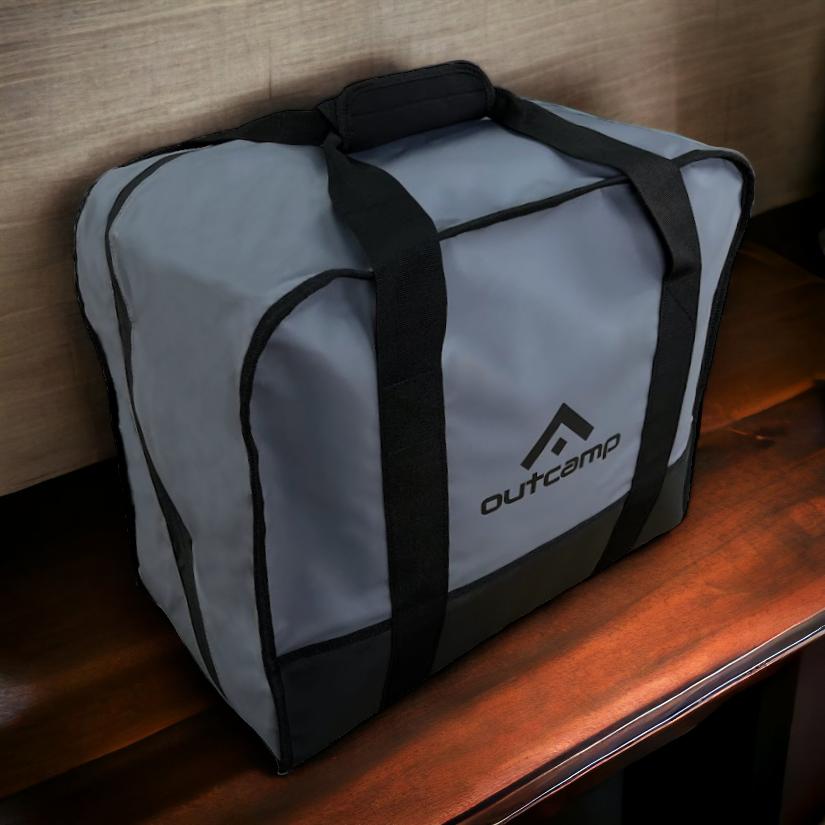
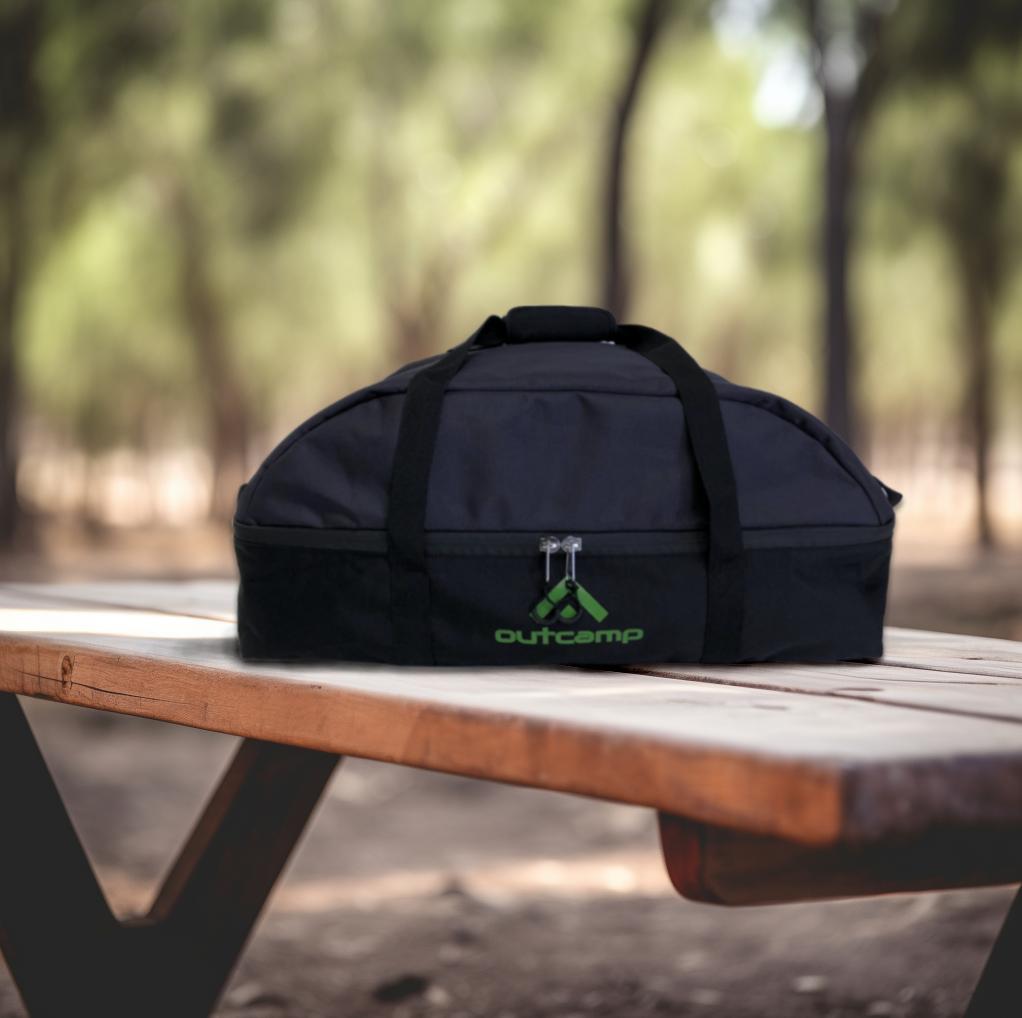
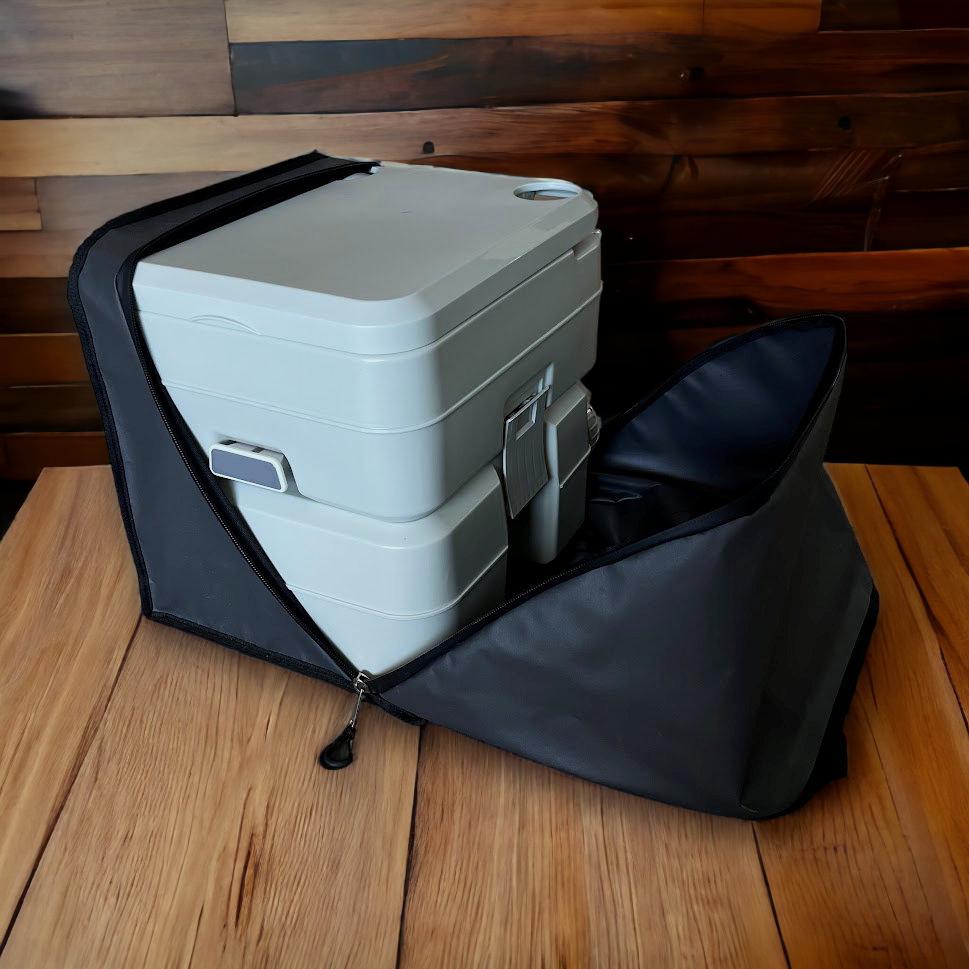
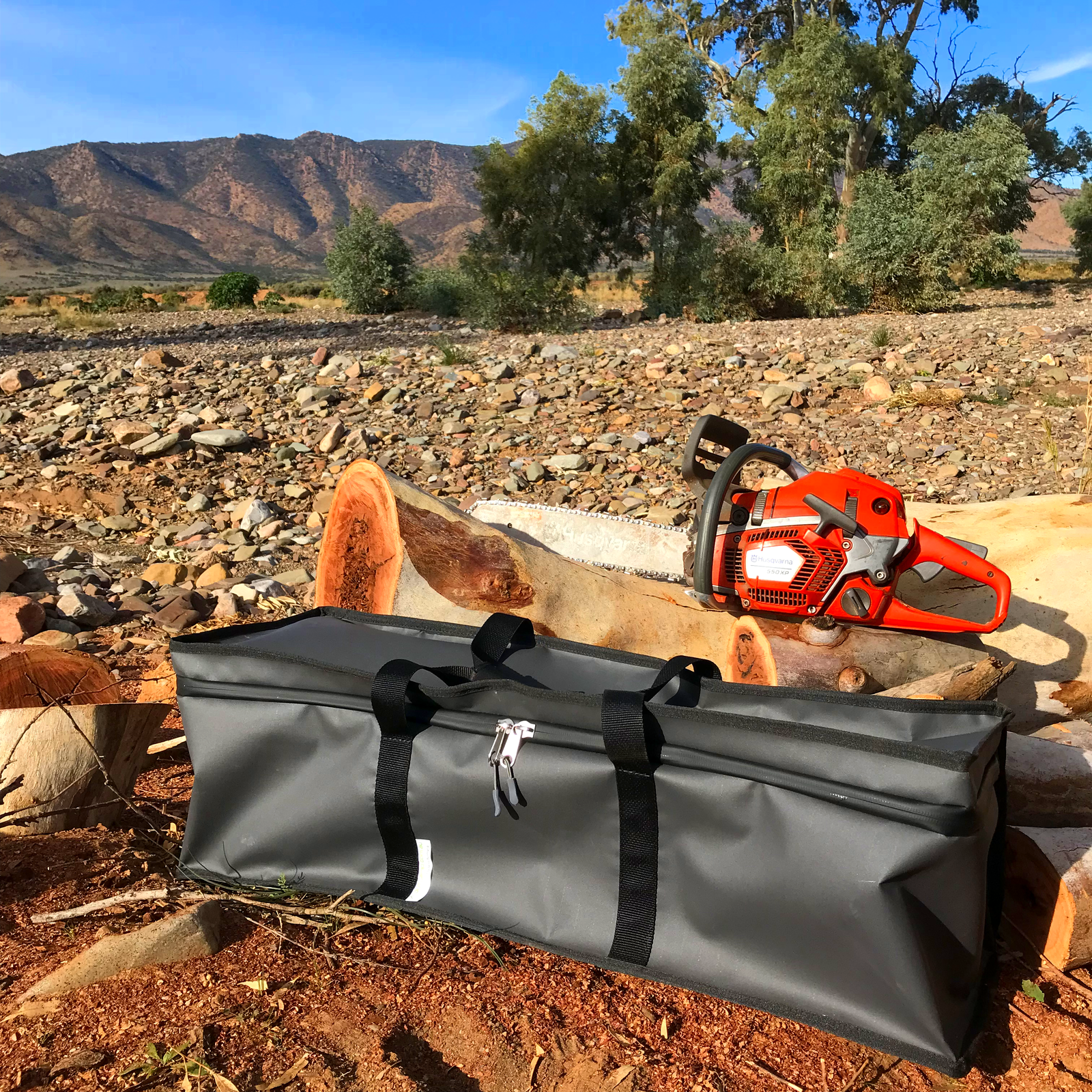
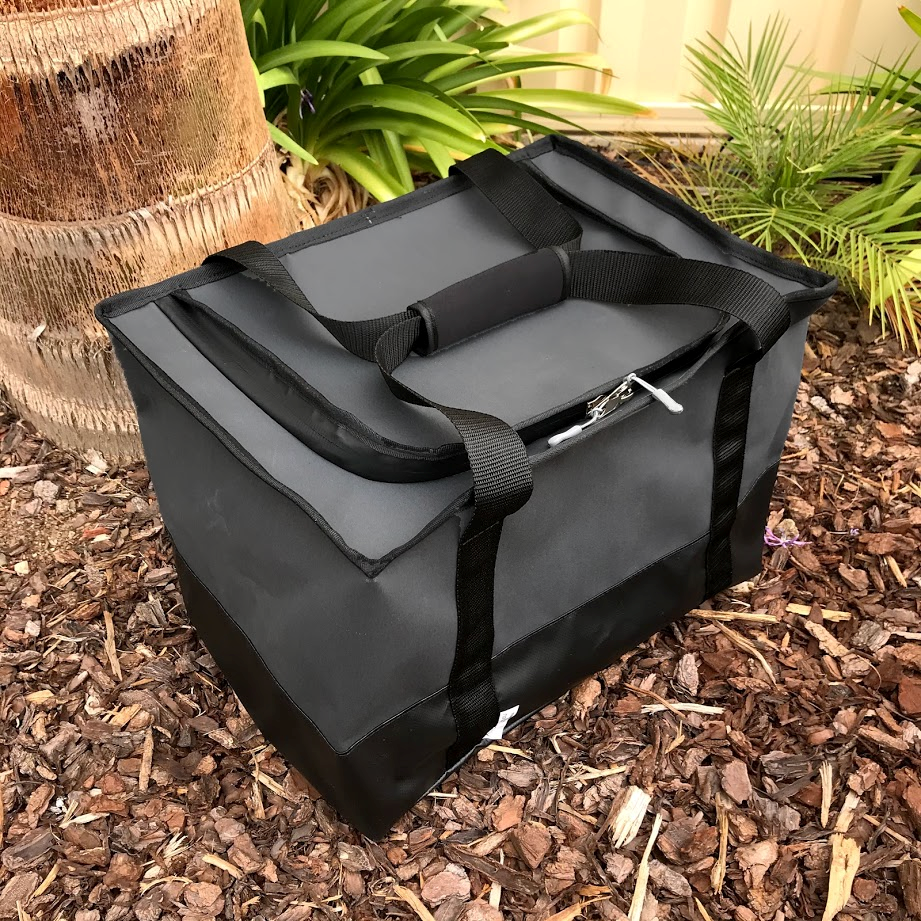


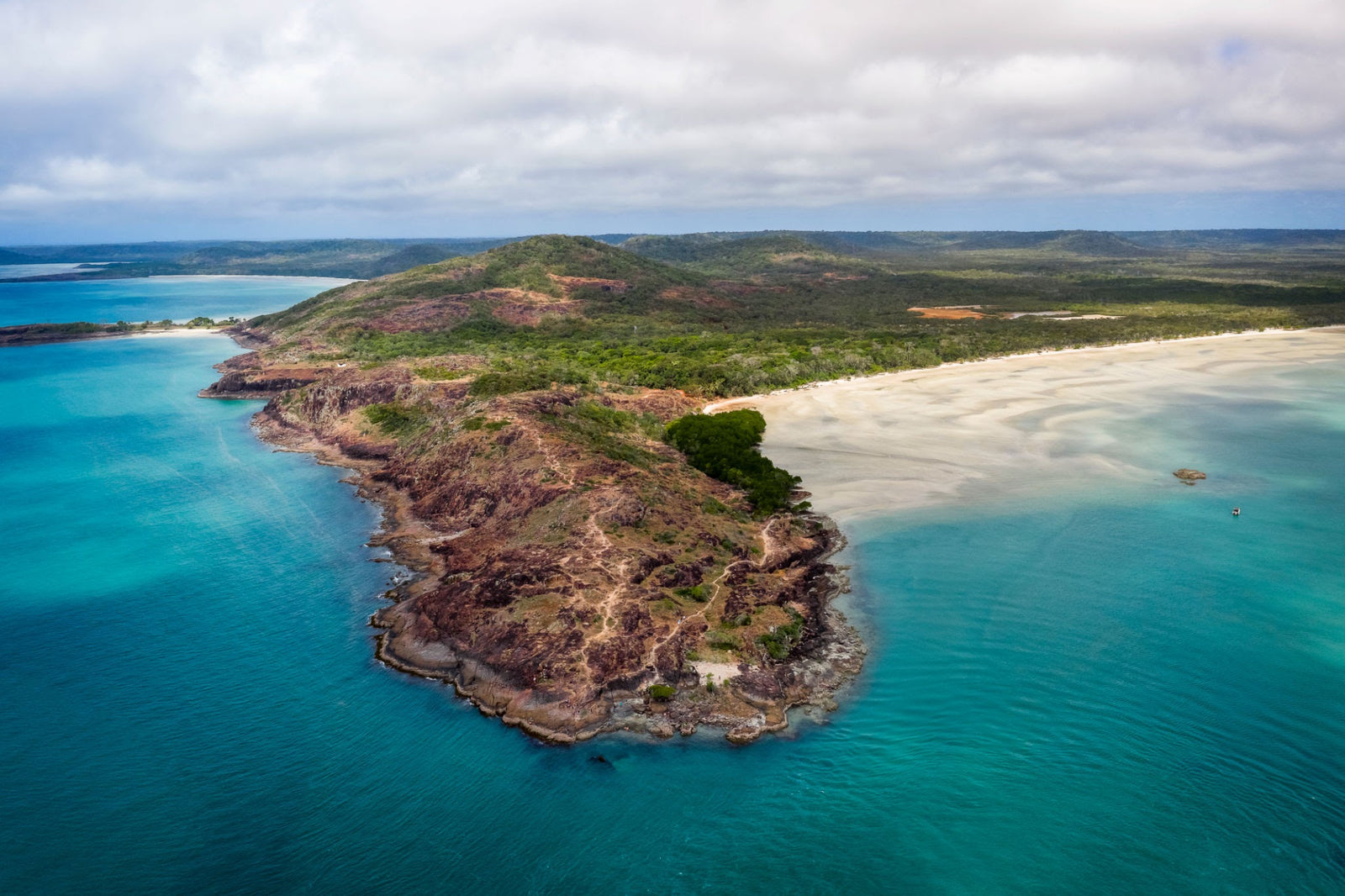


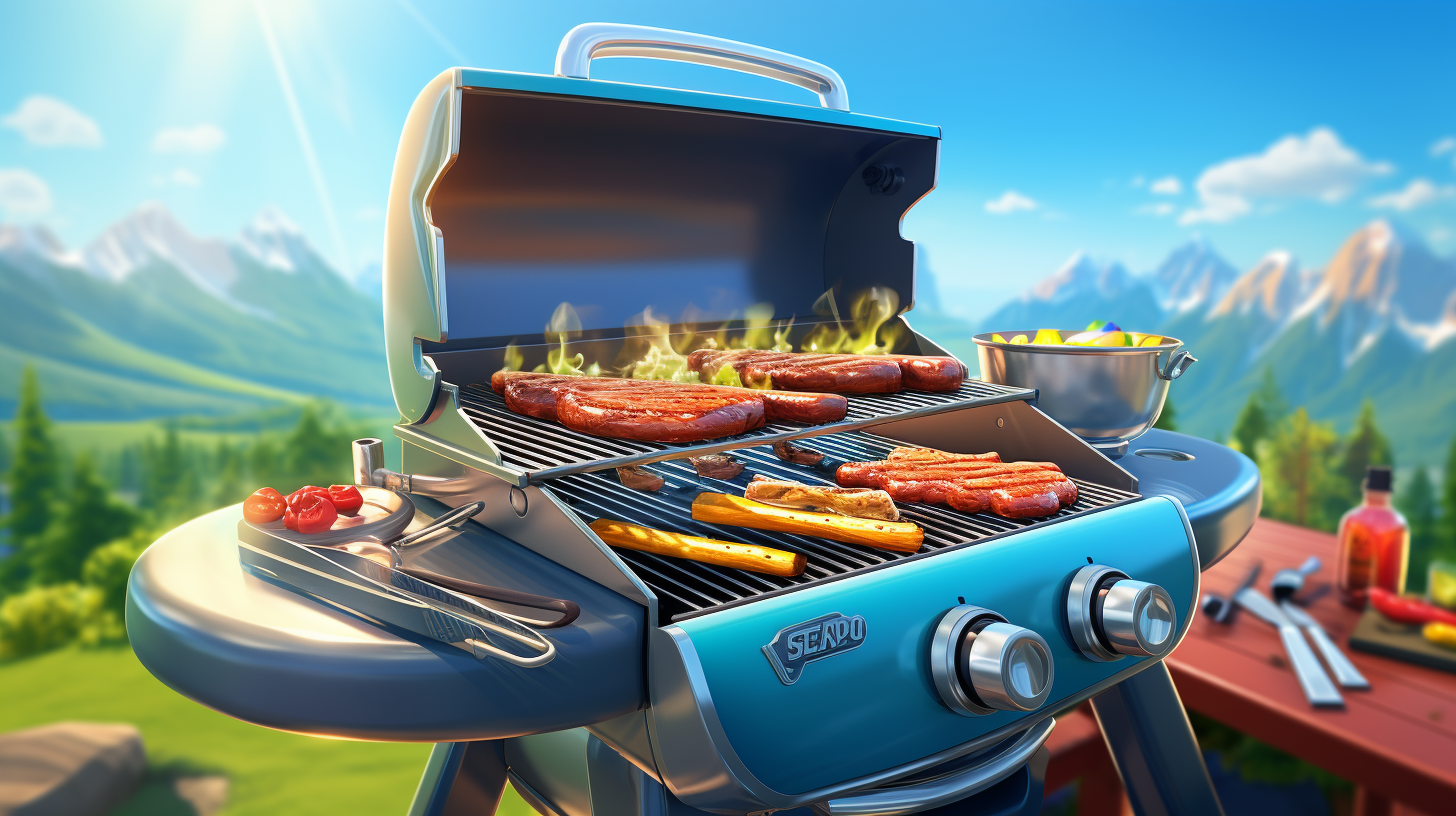
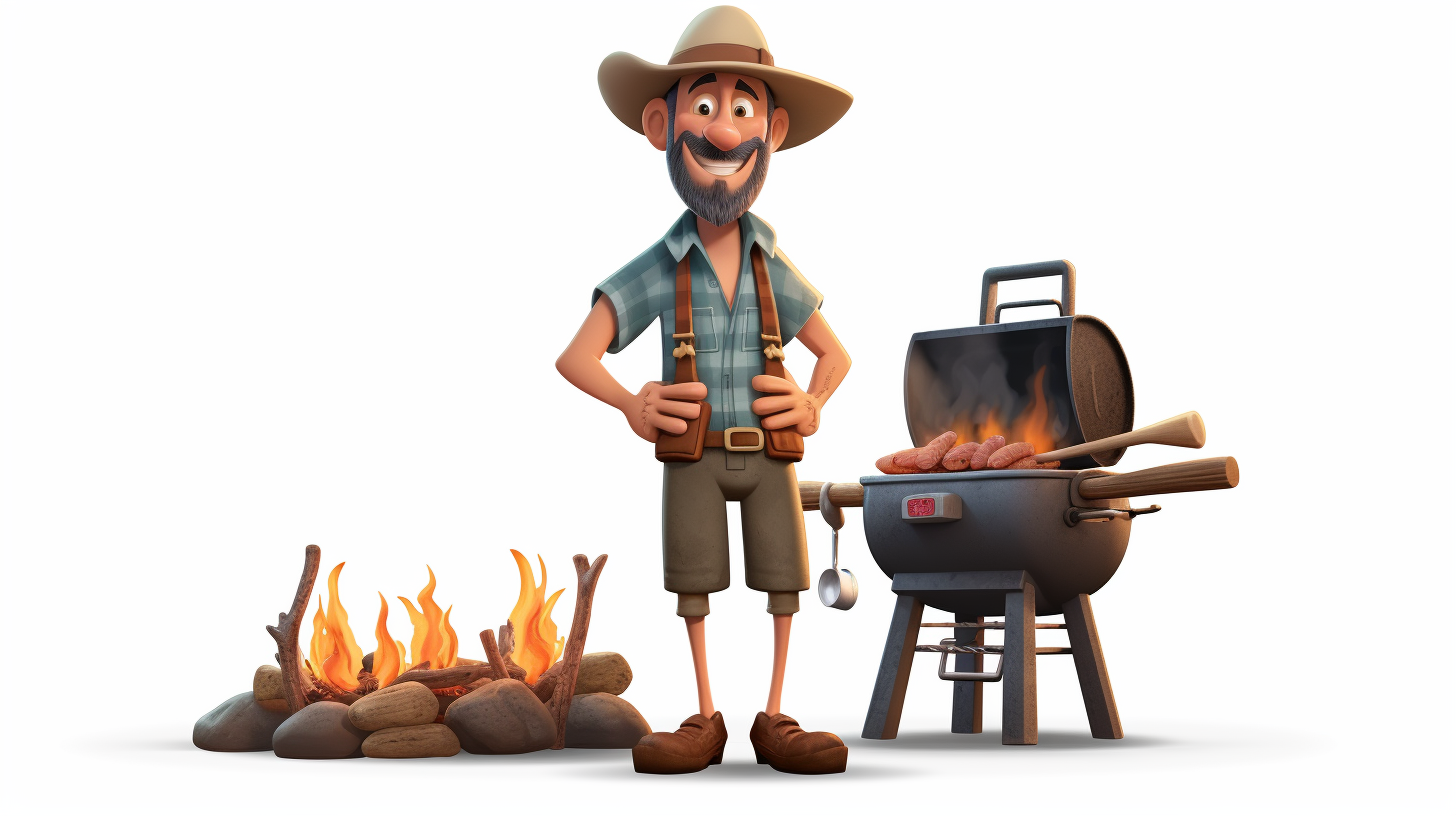
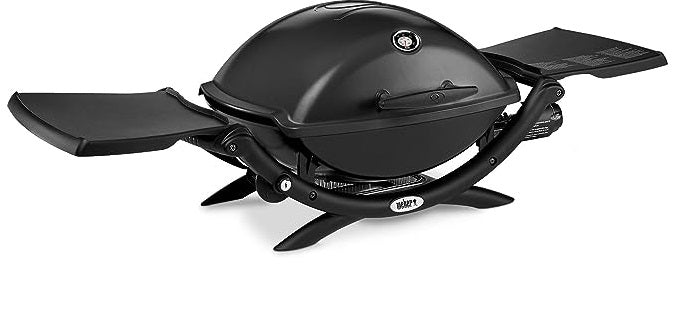
Leave a comment (all fields required)